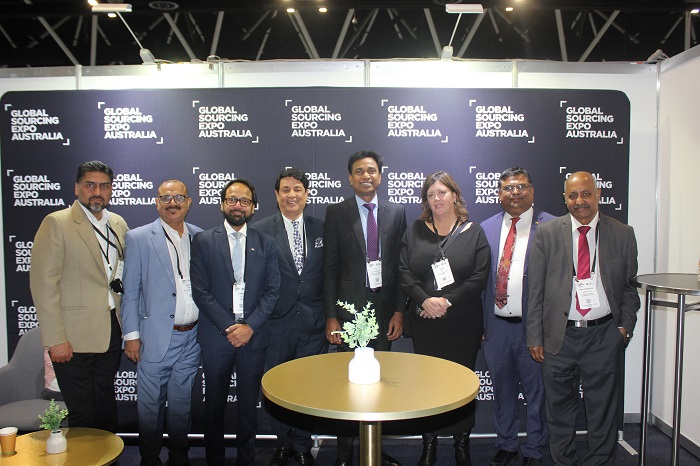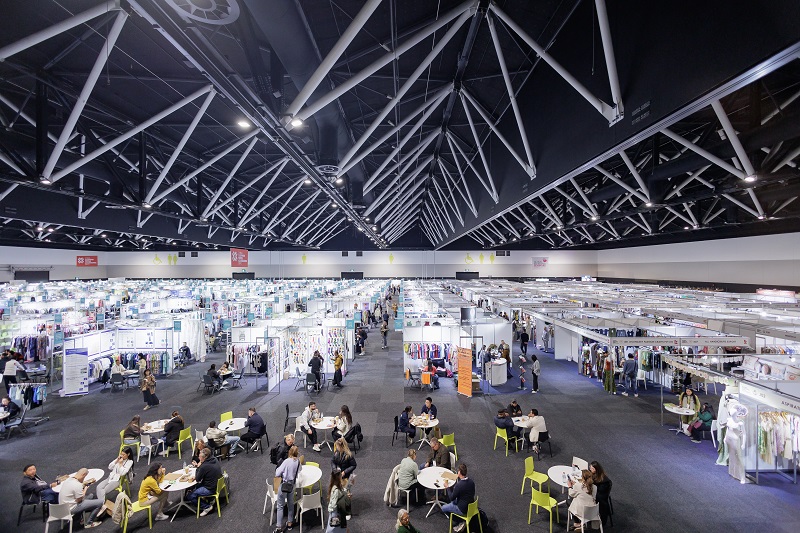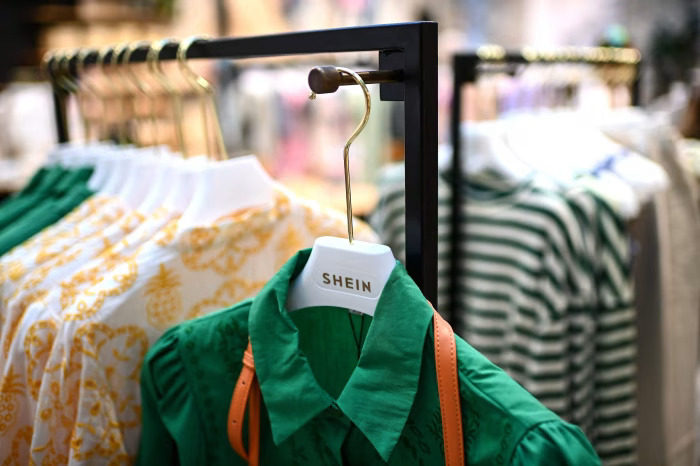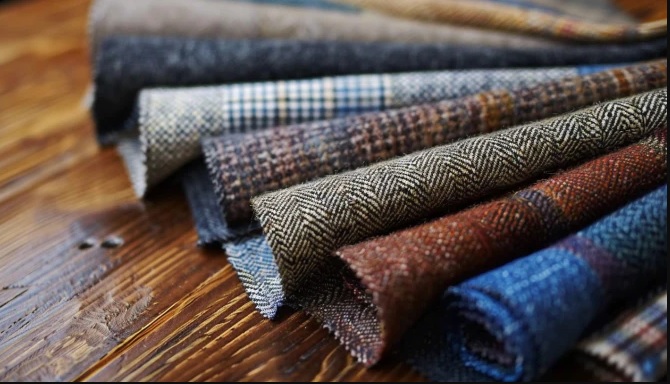FW
Sri Lanka’s apparel sector associates are to be supported by the country’s largest private bank with an exclusive debit card that confers special benefits, under a partnership between the Commercial Bank of Ceylon, the Joint Apparel Association Forum (JAAF) and Channel 17, the company tasked with managing an employee loyalty program for the sector. The aim is to retain and reward workers of the apparel industry which is a vital constituent of Sri Lanka’s export economy. The debit card will enable them to manage their finances better and at the same time receive a host of other benefits.
The JAAF membership targeted Commercial Bank – MasterCard issued Ransalu Privilege Card will be available free of charge to any member of the JAAF operated Ransalu Loyalty Program who has or opens an account with Commercial Bank. The debit card will make its owners eligible to receive the extensive collection of discounts and offers normally enjoyed by Commercial Bank debit card holders, in addition to the benefits they are entitled to under the Ransalu program.
The card will also serve as identification for them to claim benefits from the Ransalu loyalty program, which targets a membership of over 3,50,000. The Ransalu privilege loyalty program already offers its members discounts on essential consumer items, hospitalisation, pharmaceutical products and clothing.
Pakistan replaced Bangladesh to emerge as the largest buyer of Indian cotton in the October-December quarter. Pakistan suffered crop damage due to the white fly virus. India’s cotton exports to other countries are also likely to remain significantly up this year. Around a third of the crop in Pakistan was damaged. So textile mills there imported cotton from India to meet their requirements.
India transports cotton to Pakistan primarily through the Wagah border. Meanwhile, the global scenario is also changing due to a slowdown in demand from China, which contributed to 24 per cent of India’s overall cotton exports in 2014-15. This year, however, China’s share is likely to decline.
China’s cotton imports may fall by 40 per cent this year due to a fall in consumption and lower domestic cotton prices. If the pace of its imports remains steady, Vietnam may overtake China as the largest importer of cotton in the world in 2015-16. Cotton imports by Vietnam are estimated to rise by 17 per cent. Imports by Bangladesh are forecast to increase by 12 per cent.
Consumption in both Vietnam and Bangladesh is increasing steadily, due to lower production costs, but both produce very little cotton, and instead must rely on imports to meet demand.
To draw up its third five year plan, the apparel industry is in the process of discussion among key stakeholders. With preparations underway to draft the next five year plan the industry is carrying out discussions on a number of issues particularly the trade concessions with the European Union (EU), a new US backed trade partnership with 12 countries, and the bilateral trade agreement with the Chinese authorities. According to the officials, the apparel industry is waiting for the egaining of the EU trade concessions of GSP plus that will be forthcoming most likely by the end of the year.
Once the fish ban on Sri Lanka is lifted the country would soon thereafter submit their application to obtain the trade concessions from the EU. The recently signed Trans Pacific Partnership agreement between 12 other countries is currently being discussed among members of the industry. The apparel industry is trying to understand the implication of the said agreement as it involves a partnership of 12 countries which command 45 per cent of the world GDP that has custom territories.
According to the officials, countries like Vietnam have already engaged in negotiations to gain concessions from the TPP which is likely to be granted in about two years. In the wake of these developments it was pertinent that Sri Lanka looks at its implications on the apparel sector based on issues relating to purchasing of yarn and fabric from countries within the grouping
The Bangladesh Jute Mills Corporation (BJMC) has once again sought a large amount of funds from its government to make its ailing mills profitable. The request came at a meeting between the textiles and jute ministry and Finance Minister AMA Muhith where the high officials of BJMC were also present.
The request of about Tk 1,800 crores is for paying staff salaries and various dues and purchasing jute. According to Humayun Khaled, chairman of BJMC the prospects for jute have expanded and its demand on the market is on the rise. About 5,500 employees have retired in the last few years and BJMC is unable to provide their dues, he said. However, no decision on the matter was taken at the meeting. Muhith has directed the finance division and the textiles and jute ministry to hold separate meetings to take stock of the situation and make recommendations.
According to finance ministry official, only after finding a way to make the 25 mills profitable would a decision on paying their dues would be taken. Since 2009, BJMC has been given more than Tk 6,000 crores for buying jute, paying dues and staff salaries. The funds were given under various conditions such as turning the jute mills into holding companies.
However, this time, funds will be provided only after the mills meet the conditions. In the last nine years, the mills suffered losses every year, save for one, in fiscal 2010-11, when a slight profit of Tk 14 crores was made. From fiscal 2006-07 onwards, they made losses of Tk 66 crores to Tk 700 crores each year.
The value of textile and apparel exports from China in January 2015 fell sharply. There was a decline of 10.6 per cent year-on-year. Of this, textile exports fell 7.6 per cent while apparel exports dropped 12.4 per cent. The previous year, China’s total textiles and garment exports had increase by 4.06 per cent year-on-year, which was lower than the 4.9 per cent growth recorded for all Chinese exports.
For 2015 China’s textile exports fell 3.9 per cent. However, clothing exports grew 11.8 per cent. There has been a continued depreciation of the yuan against the dollar, driven by the dual factors of lower year-on-year base and a return to growth of the export of Chinese textile clothing in December 2015.
For the Chinese textile and garment industry, manufacturing costs have risen in recent years. At the same time, China's textile and apparel products continue to enjoy export competitiveness in the international market, helping to increase sales orders.
The textile industry is planning to increase textile and clothing annually by about seven per cent and boost the export value of fiber products to $400 billion by 2020. Exports of Chinese textiles and garments over the years have not shown a significant improvement, but the trend is changing.
Interfiliere Paris was held from January 23 to 25, 2016. There was a strong presence from Tunisian producers showing that Tunisia is very much open for business and ready to work with European companies. Getting it right in the lingerie market continues to be crucial for lingerie companies so the need for accurate trend forecasting is vital.
Comfort is the biggest attractor for selling. About 80 per cent of women bought for comfort as opposed to 20 per cent who put sexiness first. Layering in lingerie, like a long sleeved lace top, is beginning to evolve.
One of the key areas of innovation is in fine-gauge stretch jacquard knits. Jacquard is now at 68 gauge. What is being seen in embroidery and lace is the use of grounds that practically disappear. Fleur of England’s signature used grounds that disappear on skin so that all that is seen is the embroidery or the lace so the fabric doesn’t dominate or detract from the design.
Interfiliére is all about looking forward into the future--looking forward at future trends, future innovations, spring boarding off current innovations and looking at old materials in new ways such as rayon or micro-modal, jacquard and leaver’s lace.
www.interfiliere.com/
According to the Ethiopian Development Institute of Textile Industry (EDITI) exports for the first six months of Ethiopian fiscal year 2015-16 are lagging behind target. EDITI said that the target was to obtain $60.07 million from textile exports, while only $41.1 million was achieved, meeting 70 per cent of the plan.
The government revealed ambitious plans to stimulate the sector by offering attractive incentives to investors in mid last year. Incentives include duty free import of spare parts of 15 per cent of capital goods for the first five years of operation, the possibility to hire expatriates free from income tax provided they stay for no more than two years.
If declared within six months, the government also offers reconciliation of VAT for materials purchased locally during the project period. More than 152 new investments were expected and least $1 billion was anticipated from the sector’s export. The GTP II is also expected to create more than 170,000 job opportunities.
Ethiopia is also building at least 10 industrial zones and all of them will be set up by the government. However, it was revealed that while cotton production was planned on 262,000 hectares of land, only 65,000 hectares was used for cotton production. The El Nino destroyed cotton crops over 14,000 hectares of land.
Jean Francois Cautain, European Union (EU) Ambassador to Pakistan has emphasised that the business community should explore opportunities in other sectors besides textile and leather, in a bid to take advantage of the GSP Plus scheme. A European Union (EU) delegation attended an international symposium, held in connection with Pakistan Mega Leather Show 2016. It was arranged by the EU funded ‘Pakistan Leather Competitiveness Improvement Programme (PLCIP)’ under European Union’s Trade Related Technical Assistance Programme. PLCIP is working to improve the overall value chain in the leather sector of Pakistan.
According to Cautain, the European Union recently supported Pakistan Mega Leather Show and sent a delegation of Pakistan’s leather sector to India to observe best practices and strengthen relationship between the business communities of both countries.
Meanwhile, PMLS Convener Muhammad Musaddiq appreciated the support and assistance of European Union through PLCIP and said that the PMLS-2016 portrayed the positive image of Pakistan to the world. The PMLS-2016 provided a unique platform for the Pakistani leather industry, including tanners, footwear manufacturers, leather garments and gloves manufacturers, chemical companies, and other vendors supplying equipment, machinery and components to the leather industry to display their products, and provide a single platform for the Pakistani leather industry.
As per National Cotton Council economists, 2016 will be another challenging year for the US cotton industry – with low cotton prices, ample global stocks and uncertainties regarding global mill cotton use. Addressing NCC's 78th Annual Meeting in Dallas, Texas, Jody Campiche, the NCC's vice president, Economics & Policy Analysis said that, while world mill use is expected to exceed world production in 2016, global cotton stocks remain at high levels.
Regarding domestic cotton mill use, USDA estimates US mill use at 3.6 million bales, up 25,000 bales from 2014 and marking the fourth consecutive year of increased consumption. The Economic Adjustment Assistance Program (EAAP) continues to be an important source of stability allowing mills to invest in new facilities and equipment, but the strength of the U.S. dollar is creating challenges for yarn exports.
Export markets continue to be the primary outlet for U.S. raw fiber. In recent years, US export customers have changed, she observed. China is importing less raw cotton fiber, leading to a reduction in world trade. Campiche said that considering the massive stockpiles of cotton and expectations for limited quota, China's imports are expected to fall further in 2016 to 4.75 million bales, down from 5.5 million in 2015.
Meanwhile, India is projected to continue as the world's largest cotton producer and the second largest exporter in 2016. Indian cotton producers continue to receive support through fertilizer subsidies and the Minimum Support Price (MSP) program. In addition, India will begin a pilot program in 2016 that could eventually replace the current MSP with a direct farmer subsidy programme.
India has launched an anti-dumping investigation into imports of jute goods from Bangladesh to see whether export prices are set below fair market prices. The probe is part of India’s plan to impose an anti-dumping duty on jute items imported from Bangladesh.
Bangladesh fears that if India imposes an anti-dumping tariff on Bangladeshi jute goods, this could deal a heavy blow to Bangladeshi millers and exporters and further widen the already huge trade gap between the two countries. Anti-dumping tariff is a penalty imposed on suspiciously low-priced imports, to increase their price in the importing country to protect local industry from unfair competition.
Bangladesh exports jute goods like yarn, twine, sacks and bags. Of the total exports, around 20 per cent goes to India. Other major destinations for Bangladeshi jute items are Turkey, Iran, Egypt, China and the US.
The country gives a cash incentive to encourage jute production and exports, but the cash incentive is decreasing gradually. At present, it stands at five per cent for yarn and 7.5 per cent for other jute goods. The Bangladesh jute industry feels if the anti-dumping duty is imposed, Indian consumers will suffer and will be forced to use plastic bags.












